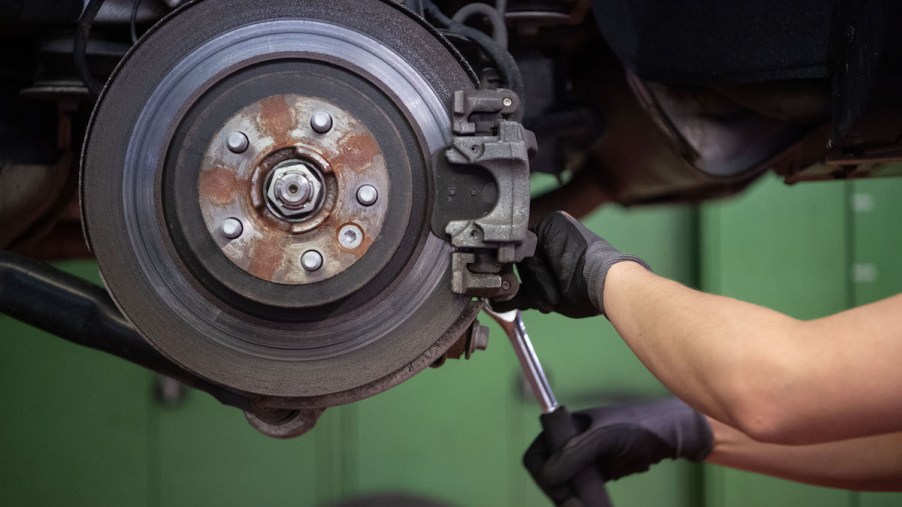
Why a Bigger Master Cylinder Isn’t Always Better
Master cylinders, much like every auto part in a vehicle’s braking system, are a critical component that ensures the safe and efficient operation of a vehicle. These parts, though often overlooked in favor of more visible maintenance parts like disc brakes, carry a heavy responsibility in the management of your braking power. However, a common misconception among many vehicle owners and even some mechanics is that a bigger master cylinder equates to better performance or reliability. This assumption, though logical at first glance, isn’t always true.
What is a master cylinder, and what does it do?
To understand why, we first need to dive into what a master cylinder is and what it does. The master cylinder is an important element in a car’s braking system, essentially acting as the heart of the system. It converts the mechanical force from the brake pedal into hydraulic pressure. This pressure is then distributed through the brake lines to the disc brakes at each wheel, creating the friction needed to slow down or stop your vehicle.
The master cylinder itself is made up of several components, including a cylinder that houses a piston, a reservoir for brake fluid, and valves that direct the flow of this fluid. The size of one, specifically the diameter of the cylinder, is closely related to the amount of pressure it can generate and distribute to the brakes.
How the size of a master cylinder relates to its use
Now, if a bigger master cylinder can generate more pressure, you might ask, why isn’t it always better? The answer lies in the balance of the braking system. Brakes work best when the brake pedal force, master cylinder size, and brake caliper size are in harmony. One that’s too large may require more pedal force to achieve the same braking power, making the brakes feel heavy and less responsive. On the other hand, a cylinder that’s too small might produce a spongy pedal feel due to insufficient hydraulic pressure.
Master cylinder cost and replacement
Cost is another factor to consider. The average cost of a replacement ranges from $200 to $400 for the parts alone. This does not include the labor costs, which can add several hundred dollars more. This depends on the complexity of the process. However, the cost of an incorrectly sized master cylinder, in terms of compromised safety and performance, can be far greater.
Replacing it is a complex process that requires expertise and precision, too. It involves removing the old master cylinder, cleaning and inspecting the brake lines, installing the new parts, and bleeding the car’s brakes to remove any air trapped in the system. It’s a process best left to professional mechanics or those with substantial automotive repair experience.
Is a large master cylinder the better choice?
A larger master cylinder isn’t always the better choice. You’ll want to match the size to your vehicle and its braking system to ensure optimal performance. Although the replacement can be expensive and complex, maintaining a well-functioning master cylinder is essential for a safe and reliable braking system.



